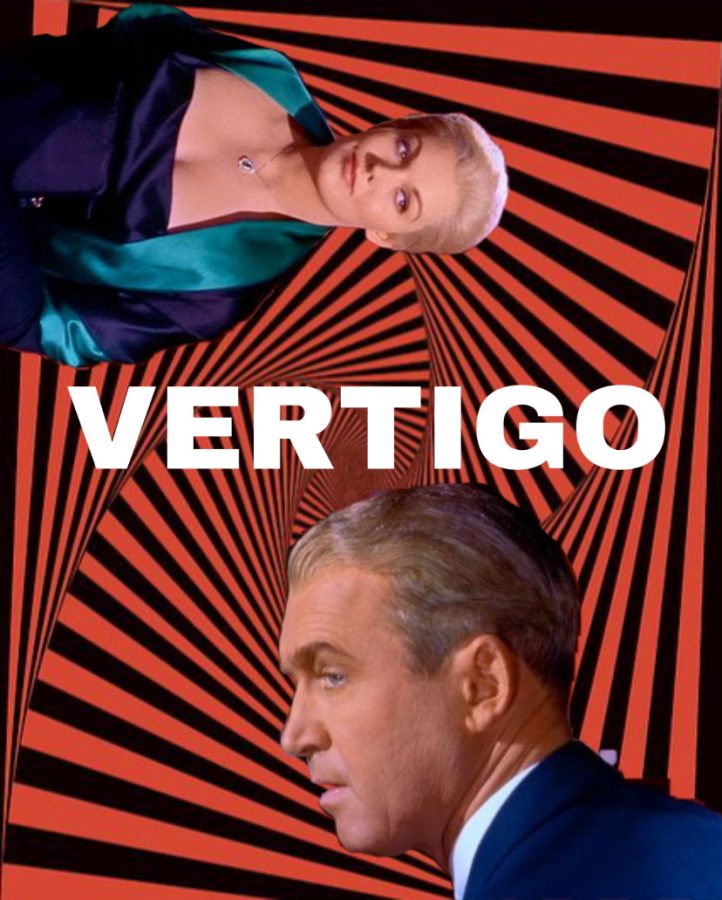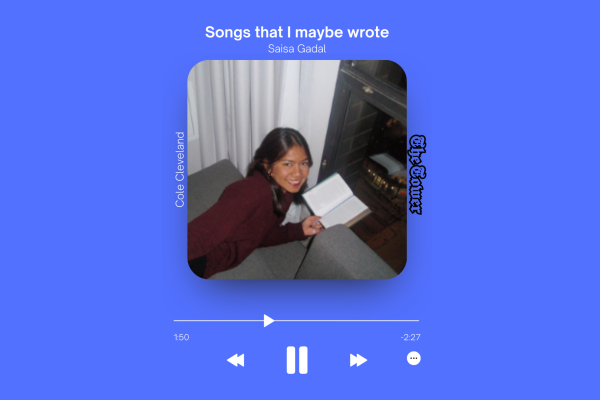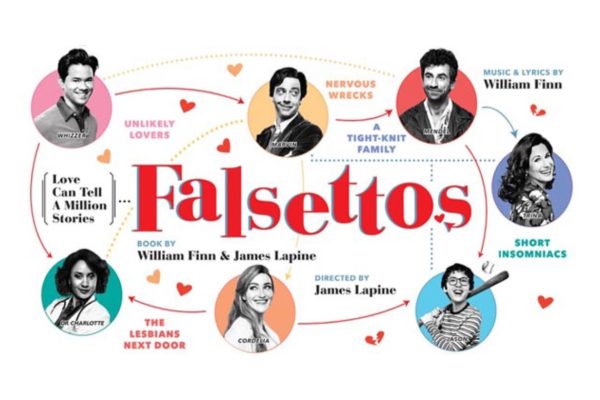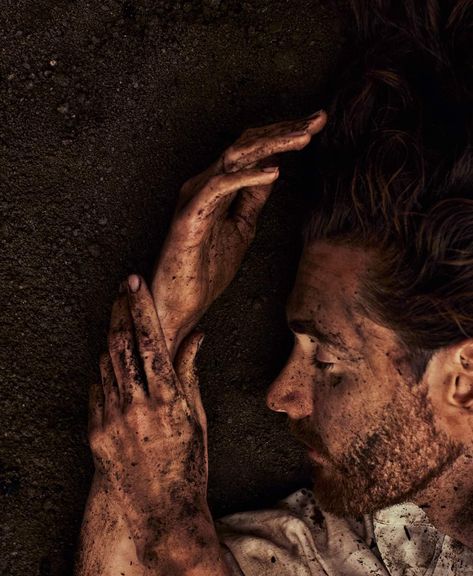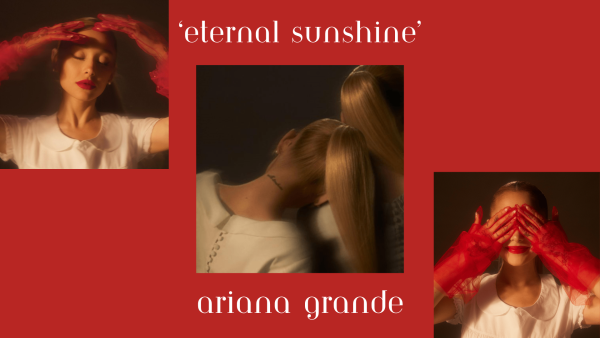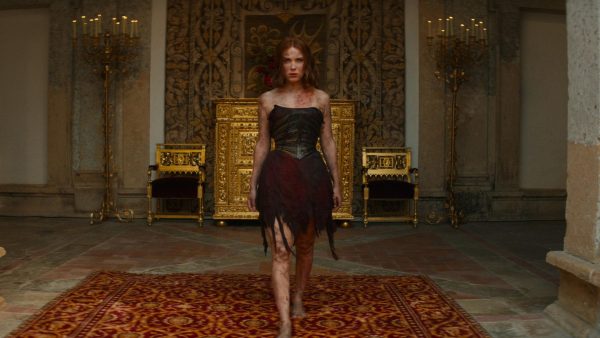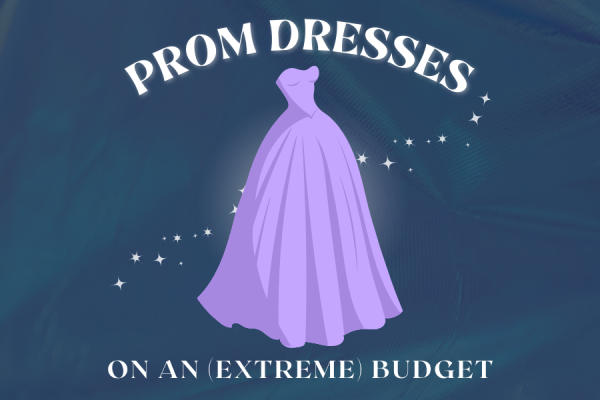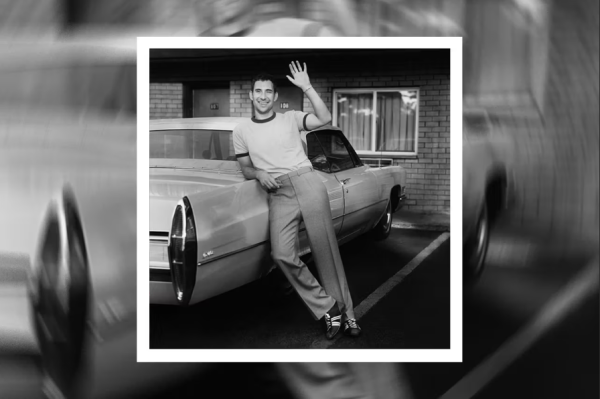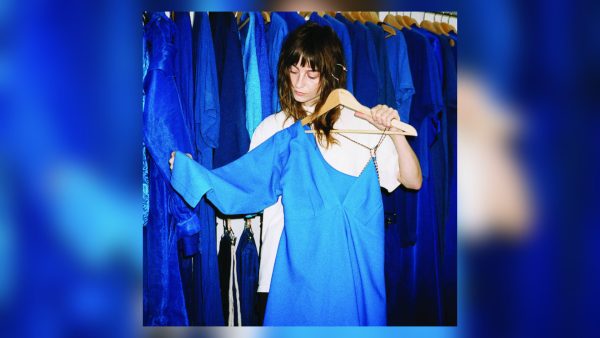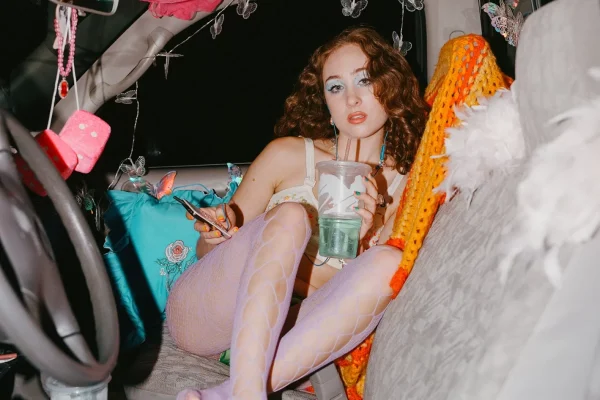#61 Vertigo (1958)
AFI’s Top 100 Movies (1998)
September 9, 2022
For the first movie on my trek through AFI’s Top 100 Movies of All Time, I watched Alfred Hitchcock’s Vertigo. Vertigo follows the life of police detective John “Scottie” Ferguson. After a traumatic accident involving the death of his coworker, leaves him with an extreme fear of heights. He is pulled back into the job by an old contact from college, asking him to trail his wife Madeleine, because he believes that she has been acting unusually strange. As Scottie begins his investigation of Madeleine, he quickly becomes obsessed with her, and is unknowingly plunged into something much more mysterious and chilling.
While it is a two-hour commitment, Vertigo will sweep viewers up into a story full of nail-biting suspense, mystery, and a little bit of romance. One of the most interesting aspects of this movie is the way that colors are used to help further tell the story. From the beginning, it is not too difficult to notice which colors are associated with which characters. Scottie tends to be surrounded by red: red couches, chairs, his front door, and pieces of his clothing. When Madeleine is first introduced, she immediately stands out in a deep, vivid green dress, and captivates attention from Scottie. As Scottie and Madeleine’s relationship evolves, their colors begin to intermingle and both characters are found wearing or surrounded by the colors of the other. Along with the symbolization through color, computer graphics and camera work contribute to the intricate details of the movie. In the opening credits, computer-generated swirls light up the screen, to give a dizzying effect. While the graphics are not the most riveting from a modern perspective, given that this movie came out in 1958, viewers can still appreciate how spectacular it must have been for the people watching it when it first came out. From this movie, came an iconic camera effect that has been used in many other great films: The Dolly Zoom, or “Vertigo Effect”. While most of the credit for the invention of this technique goes to Hitchcock, it was actually created by the second-unit cameraman, Irmin Roberts. It involves approaching an object while zooming in in the opposite direction. While it’s difficult to pull off, the effects can be used to enhance scenes of realization or disorientation. It is used in crucial scenes such as Scottie’s nightmare or when he experiences vertigo from his fear of heights.
The climactic buildup of the movie is a little long, but as the plot progressed I was easily swept into the movie. Scottie seemed to be a generally grounded and put-together individual, by the end of the movie he had acquired a more erratic and aggressive disposition. I grew very fond of the character Madeleine (portrayed by Kim Novak), and her puzzling and mysterious character was captivating. The romance between Scottie and Madeleine was at first endearing, but as the movie progressed it became messy and at times a little toxic.
I highly recommend watching this movie, if not for the thrilling plot but for the iconic scenes, use of color to tell a visual story, and camera work. The next movie that I will be watching from AFI’s Top 100 Movies will be another movie that came out in the 1950s, Nickolas Ray’s Rebel Without A Cause.


